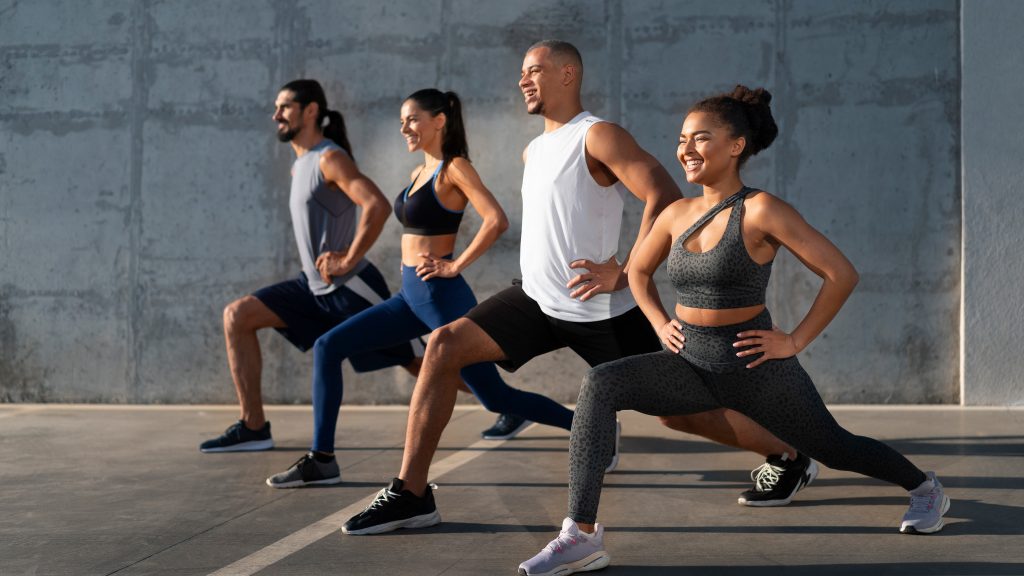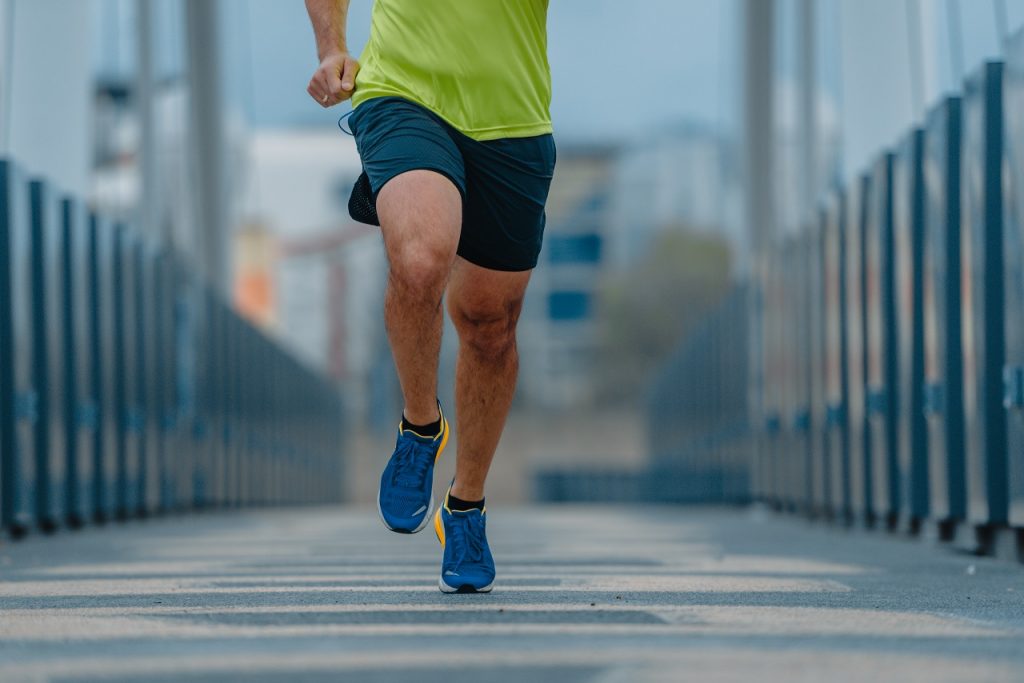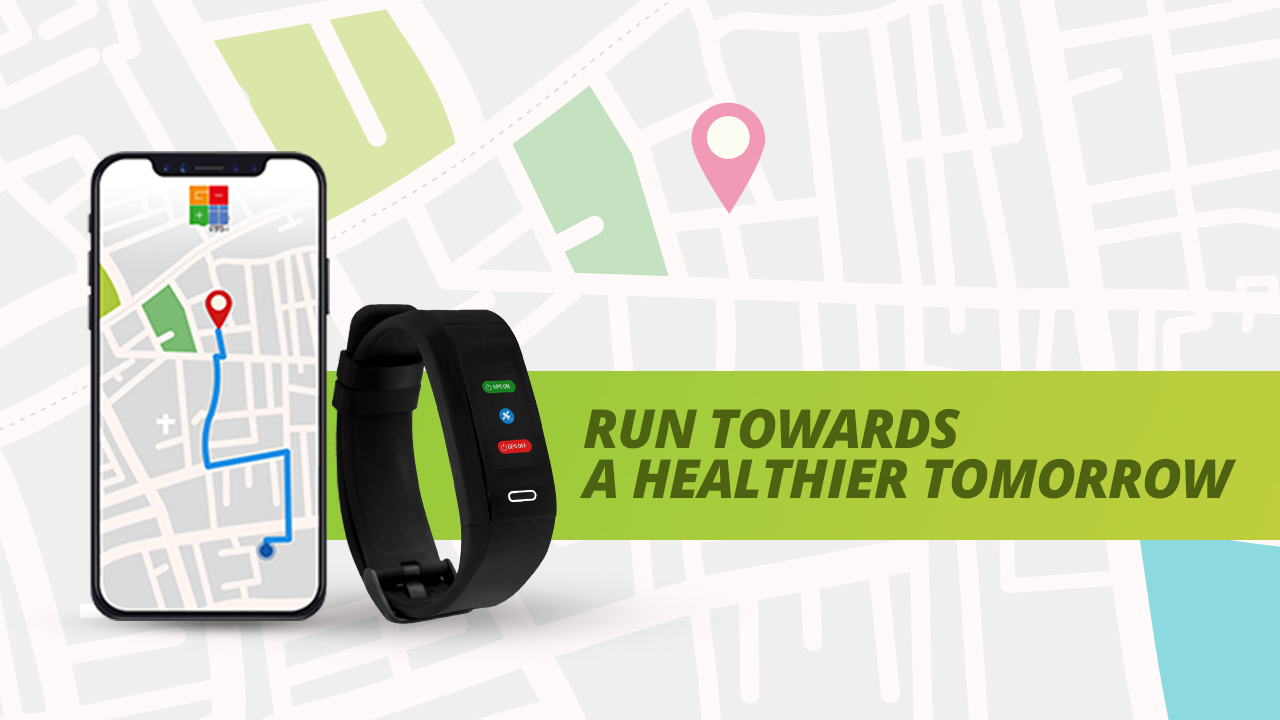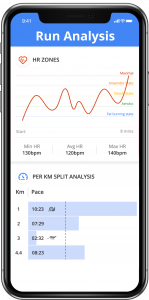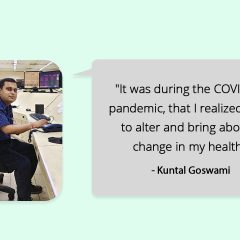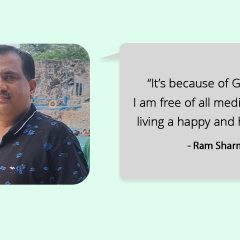
Running every day can get boring sometimes. It happened to me there was a point in time when I got bored of running and started cycling more often. I had been running for over 15 years. Running every day is not for everybody if you have never run before. Running requires a lot of patience and practice. You have to beat it to be able to make it your daily routine.
Lots of us have to keep going back to square one to pull it off. Newbies should be especially careful because lack of training and/or lack of adequate preparation can easily result in injury. Having said the above, running is very doable and the key to keeping yourself motivated to run is finding the right balance between the quantity and the quality of your runs.
Here are a few simple tips that one can follow. This is applicable to both the new first time runners and those who have been running but once in a way get bored
Start Easy: Do not go all out the first time. Start easy and gradually progress if you are a beginner and new to the concept of running.
Keep short distances: Learn to start running by keeping short distances. Do not start with sprinting. That is not running. I always find people when they start running they start sprinting. Sprinting tires you within seconds of the start. More so when you have never ever run in your life. Jogging is the way to start.
Time train instead of distance train: Ideally it is better to train with time rather than with distance. You can start with a 1-minute run and 3 minutes of walk, to begin with. Most find it difficult to run for even 5 minutes continuously if you are just starting to run. Increase the 1-minute run to 5 minutes and walk for a minute. Try to run for 20 minutes a day for a month in this order and gradually increase to 3 km a day next month.
Do not overdo: If you realize that you are breathing hard or rather panting it means that you are overdoing it. Give your body enough time to get adapted to your routine. Human bodies are very quick to adapt to certain physiological stresses provided you allow it enough time. For instance, if you feel you can increase your time from 20 minutes to 45 minutes with a 5-minute break after every 20 minutes, then walk for 5 minutes. There is nothing wrong with it. Moderation is a key whenever you are starting a new physical activity.
Prepare a schedule: Just do not randomly run whenever you want to. Prepare a daily routine. If you have a trainer or a coach sit with him/her and chalk out a proper schedule for running.
Your schedule should also include good rest periods. For instance, if you ran at 6 am the day before, consider running at 5 pm or 6 pm the day after or aim for (at least) a 24-hour rest period between runs. If you want to shorten your distance do that. Do what is comfortable. Run a km or a mile on some days. Have 3 days in a week with real easy runs when you start out and be cautious. If you need an extra day of rest. Take it.
Pace yourself better. Try and do the long slow distance pace. You will only become better at doing something when you’re able to understand how well your body is reacting and how you have been performing over time. Slow and steady progress is good progress.
Proper nutrition and rest are important: Make sure that the schedule includes proper exercises, nutrition inputs and rest as 3 important components. If you just run without proper pre-workout and post-work meal, stretching and strength training exercises and proper rest all the effort that you are putting to run will be of no use. Go for a balanced diet with simple and complex carbohydrates and protein. Not to mention, getting enough sleep is just as important.
To keep yourself interested run with a partner: There are chances that you are kicked about going running every day but you can easily get bored of your routine. So to tread that path go running with a friend who is equally interested in running or get yourself a trainer who can motivate you every day.
Set a goal to do a long run within 3 months of starting of Aim to run 5 km after 3 months of starting off. Also, set a time goal for completion of this run. Register for a run. Eventually, this will help you bring about a change in your routine and above all, it will give you a chance to look forward to something eventful.
Reward yourself: Last but not the least reward yourself after a good long run. It will not cost much to get a good massage or visit a spa after a long run to feel good about yourself.
Finally, I would like to end by saying that most of us out there run for varied reasons. Some run to just stay fit and because they enjoy running, some run to get over the runner block that they may have. Some run for a cause so they are motivated to run every day. Whatever the reason may be, run every day or at least 3 days a week because it will keep you healthy. It’s a great addition to have! For further information or guidance, reach out to our certified experts by subscribing to GOQii’s Personalised Health Coaching here.
#BeTheForce
